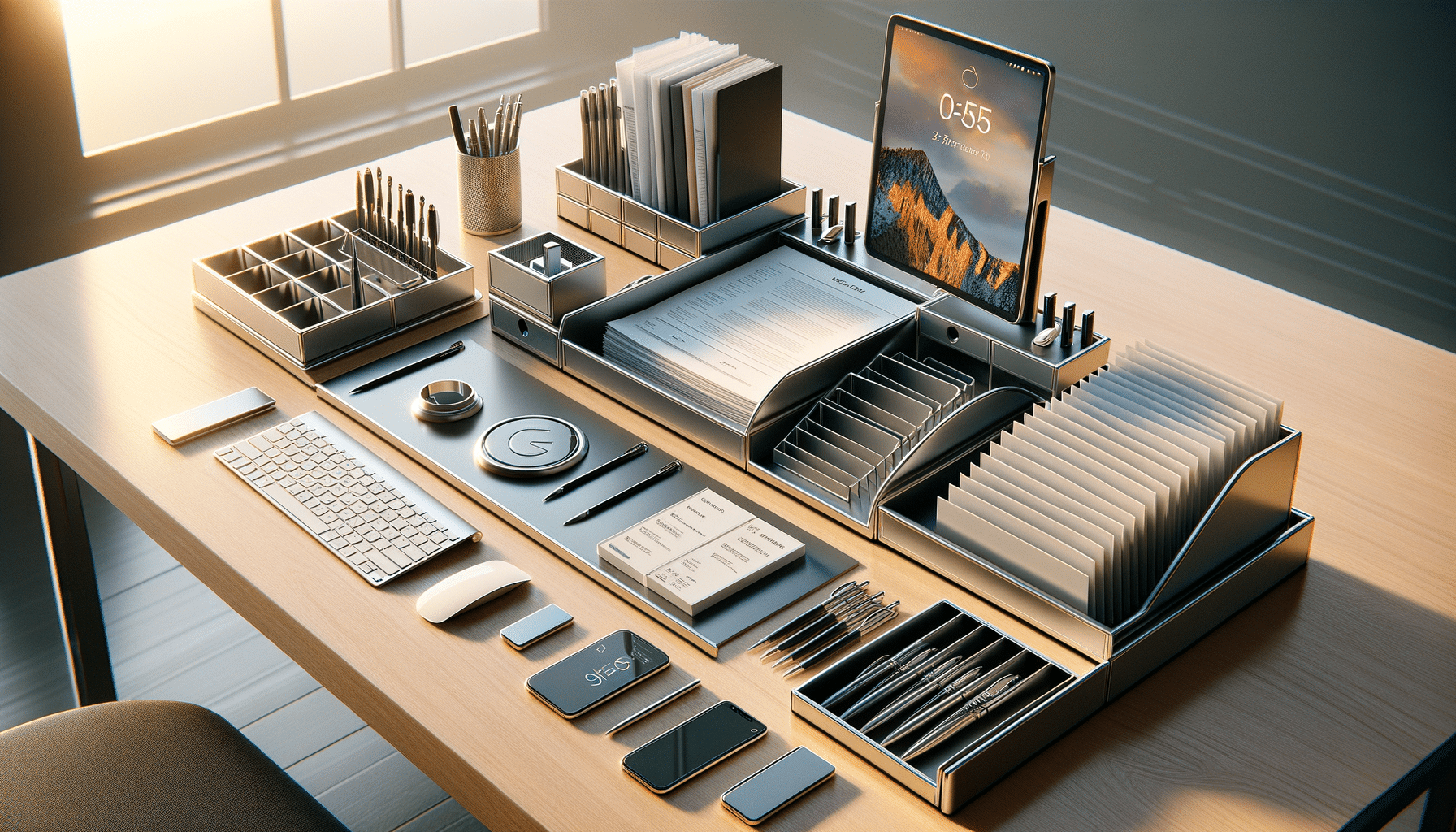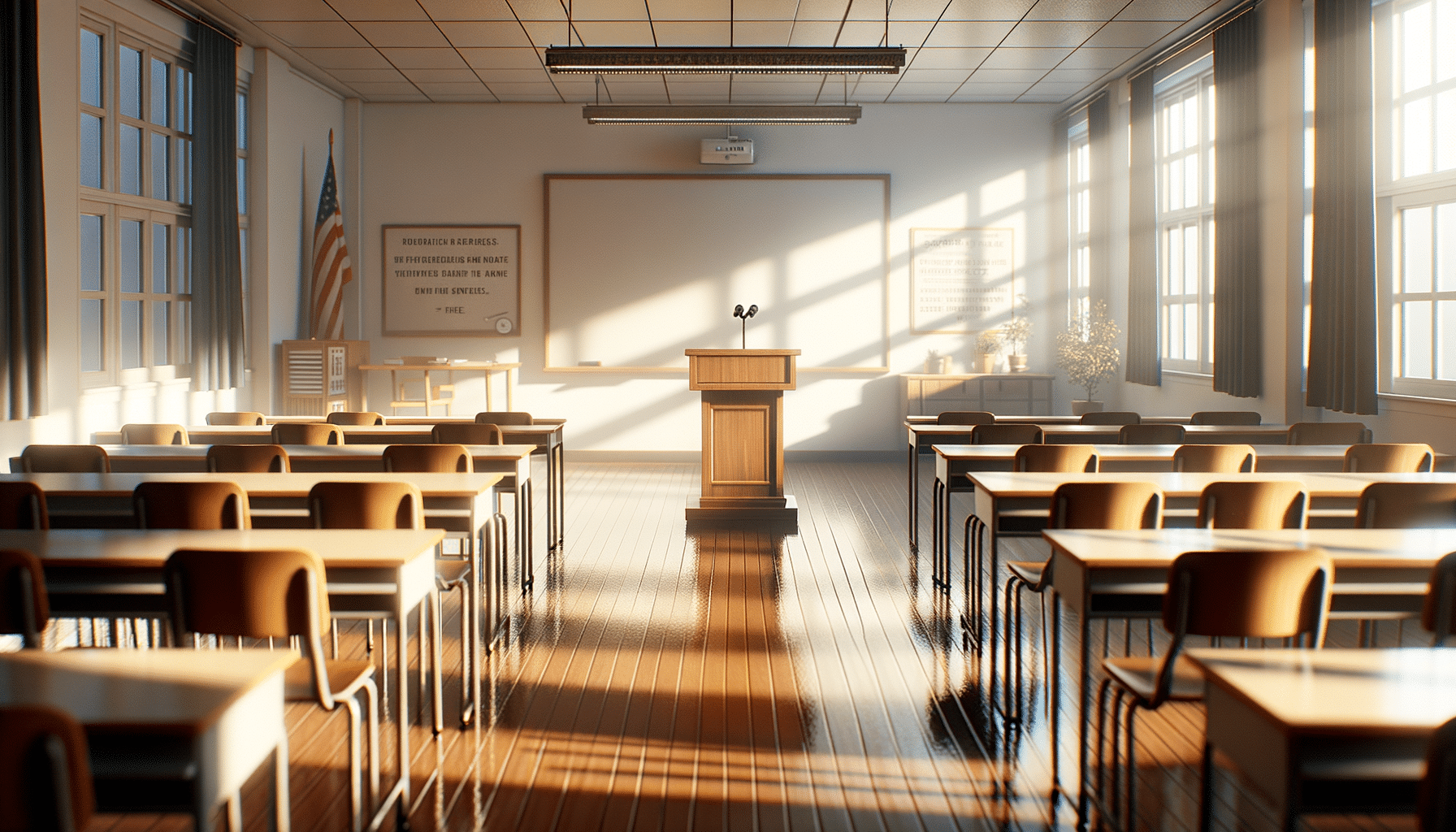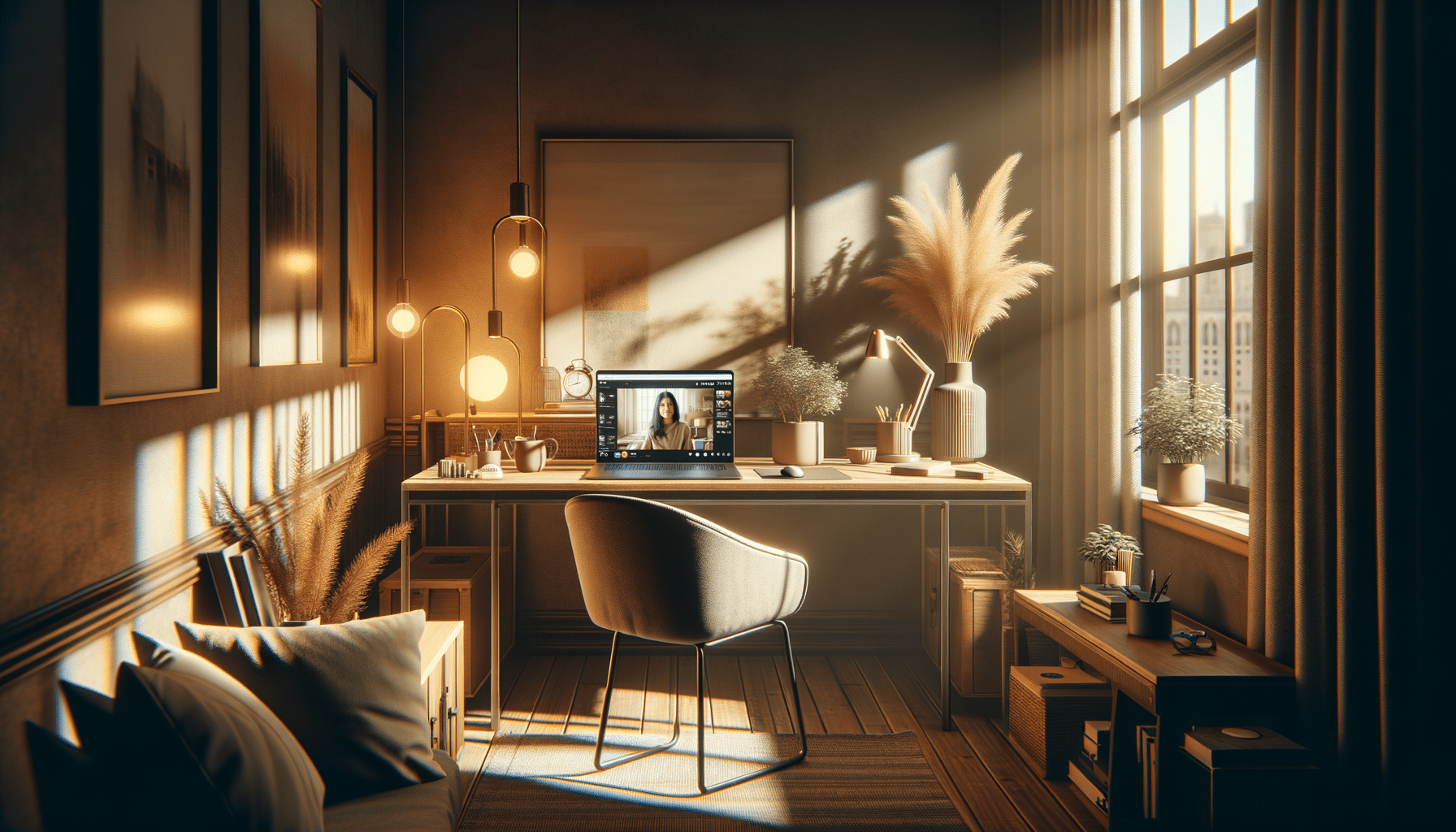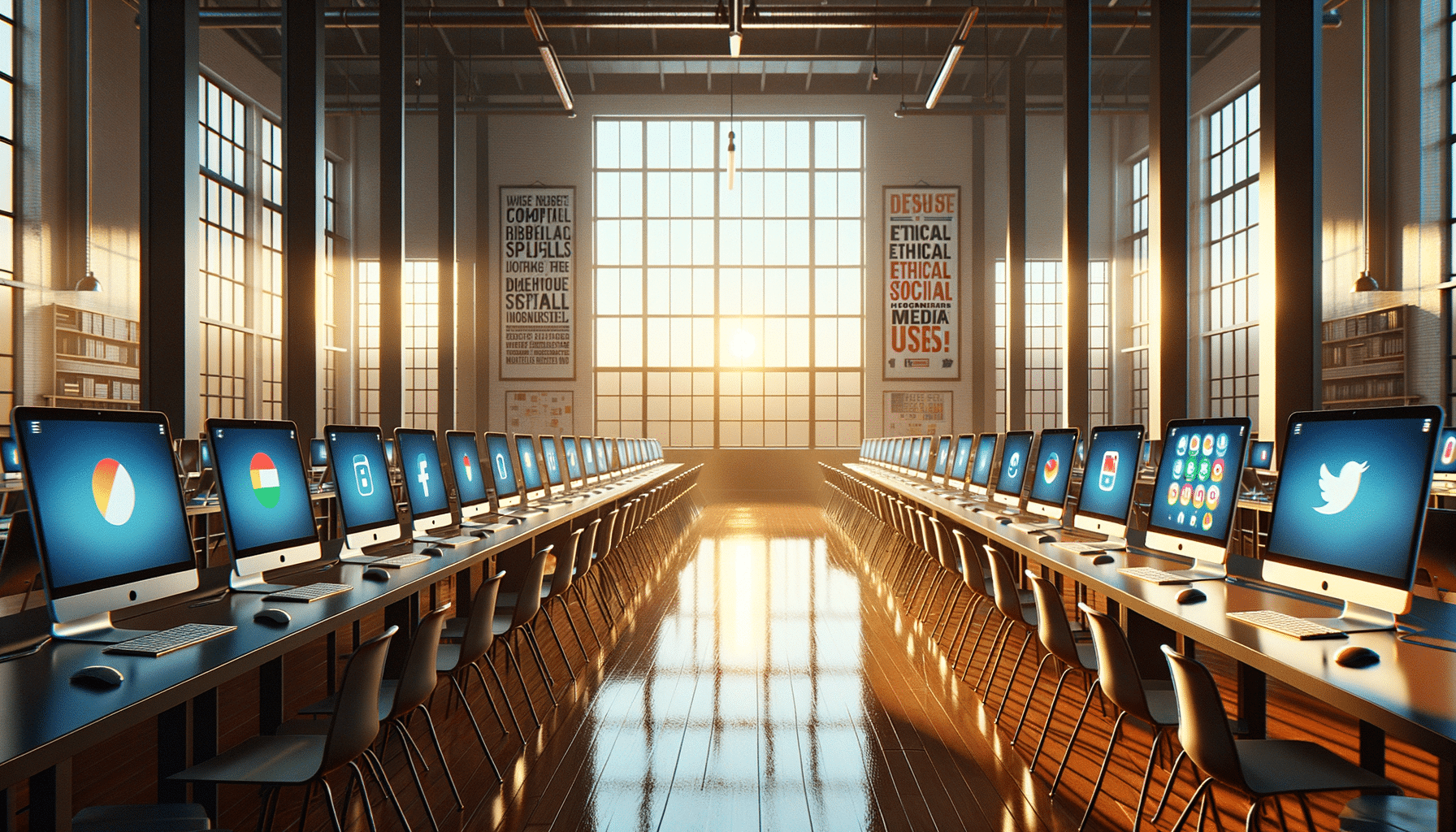
Mastering Your Workspace: The Role of Desktop Organizers
Introduction to Desktop Organizers
In the hustle and bustle of modern work environments, maintaining a tidy workspace can significantly influence productivity and mental clarity. Desktop organizers play a pivotal role in achieving this balance, offering a structured approach to managing office supplies, documents, and personal items. By creating designated spaces for various items, these organizers help reduce clutter, making it easier to focus on tasks at hand. Moreover, a well-organized desk can foster a sense of calm and order, which is essential for effective time management and productivity.
Types of Desktop Organizers
Desktop organizers come in a variety of shapes and sizes, each designed to cater to different organizational needs. Some of the most popular types include:
- File Holders: Ideal for organizing documents and paperwork, ensuring important files are easily accessible.
- Pen Holders: Keeps writing instruments in one place, preventing them from rolling off the desk.
- Drawer Organizers: Useful for storing smaller items like paper clips, sticky notes, and other office essentials.
- Monitor Stands with Storage: Elevates screens to eye level while providing compartments for storing gadgets and stationery.
Each type serves a unique purpose, and choosing the right combination can transform a chaotic desk into a streamlined productivity hub. The key is to assess your specific needs and select organizers that complement your workflow.
Materials and Aesthetics
The materials used in desktop organizers can greatly affect both their functionality and aesthetic appeal. Common materials include:
- Wood: Offers a classic and warm appearance, suitable for traditional office settings.
- Metal: Provides durability and a modern look, often used in minimalist designs.
- Plastic: Lightweight and versatile, available in a variety of colors and styles.
- Acrylic: Transparent and sleek, ideal for contemporary workspaces.
Choosing the right material not only enhances the visual appeal of your workspace but also ensures the organizer’s durability and suitability for your specific needs. Aesthetics play a crucial role, as a visually pleasing desk can boost morale and inspire creativity.
Benefits of Using Desktop Organizers
Implementing desktop organizers in your workspace offers numerous benefits beyond mere tidiness. These include:
- Increased Efficiency: With everything in its place, you spend less time searching for items and more time focusing on work.
- Enhanced Productivity: A clutter-free environment reduces distractions, allowing for better concentration and output.
- Improved Ergonomics: Organizers that elevate monitors or store items at arm’s reach contribute to a more ergonomic workspace.
- Stress Reduction: An organized desk can create a calming atmosphere, reducing stress and improving mental clarity.
These benefits collectively contribute to a more productive and enjoyable work experience, making desktop organizers an essential tool for professionals across various fields.
Choosing the Right Desktop Organizer for Your Needs
Selecting the perfect desktop organizer involves considering several factors to ensure it meets your specific needs. Here are some tips:
- Assess Your Desk Space: Measure your desk to determine the size and number of organizers you can accommodate.
- Identify Your Needs: Consider what items you need to organize and choose organizers that provide appropriate compartments and storage solutions.
- Consider Aesthetics: Select materials and designs that complement your workspace’s decor and personal style.
- Prioritize Functionality: Ensure the organizer enhances your workflow and doesn’t create additional clutter.
By taking these factors into account, you can choose a desktop organizer that not only enhances your workspace’s functionality but also adds to its aesthetic appeal, creating an environment conducive to productivity and creativity.


